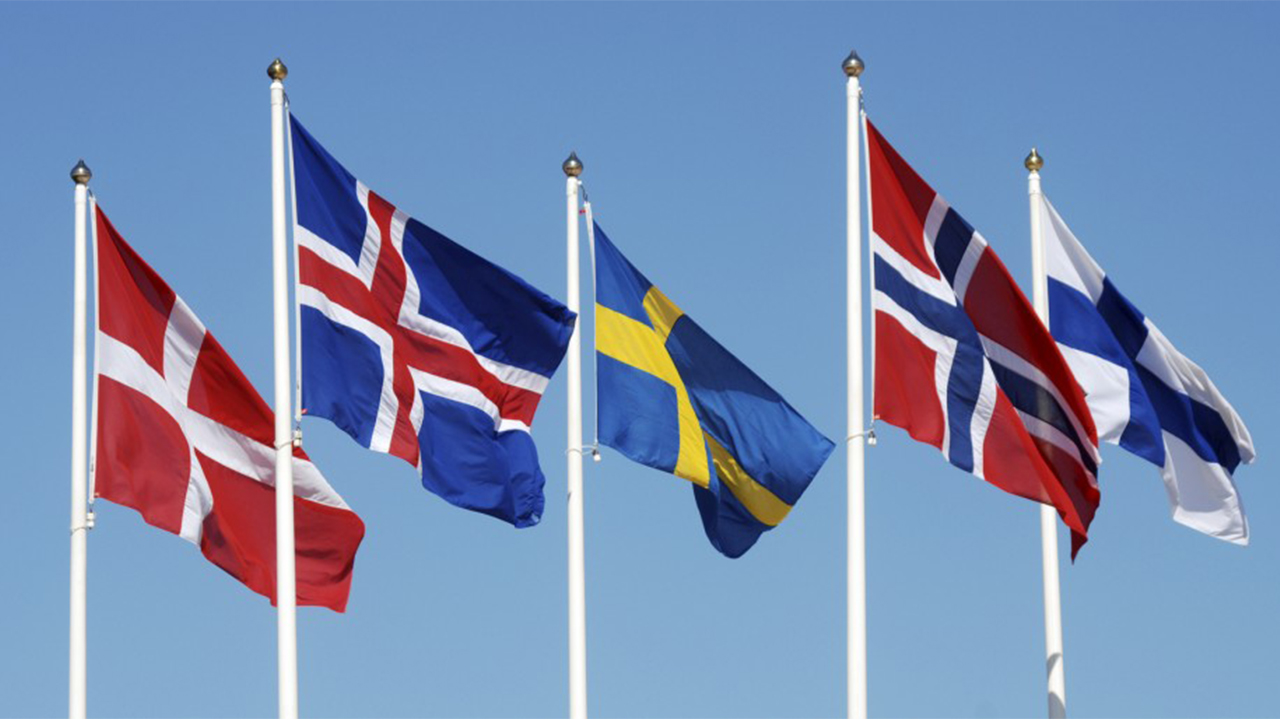It’s no secret that residents of the five Nordic countries live longer and healthier lives than the global average, yet subtle – but consequential – health differences remain, likely the result of alcohol use, smoking, and other risk factors, according to a new scientific study.
“Smoking and alcohol use are among the risk factors that vary most in size of disease burden between the Nordic countries,” said Dr. Ann Kristin Knudsen, senior author of the study and researcher at the Norwegian Institute of Public Health.
Published today in the international medical journal The Lancet Public Health, the study is the first of its kind to analyze sex differences in life expectancy and disease burden across Finland, Sweden, Norway, Iceland, Denmark, and Greenland (the Danish autonomous territory). A part of the annual Global Burden of Disease (GBD) study, the results are based on nearly 4,000 Nordic sources.
Among the six locations studied, Icelandic females and Swedish males live the longest, with life expectancies of 85.9 and 80.8 years, respectively. Conversely, Greenland’s males (70.8 years) and females (77.2 years) have the shortest life expectancies.
The analysis reveals that Greenland’s much lower life expectancy and higher disease burden stand in sharp contrast to the other Nordic countries studied. This disparity can be attributed in part to poorer socioeconomic conditions in Greenland, a
Despite substantial commonality in life expectancy and disease burden, Knudsen and coauthors found that people in Nordic nations also face country-specific health challenges. For example, males in Denmark and Finland face higher disease burden from alcohol use, while both males and females in Denmark also have more health problems from smoking.

 Nordics are different from each other when it comes to effect of health threats
Nordics are different from each other when it comes to effect of health threats





.jpeg)





.jpeg)







.jpeg)




.jpeg)
.jpeg)








